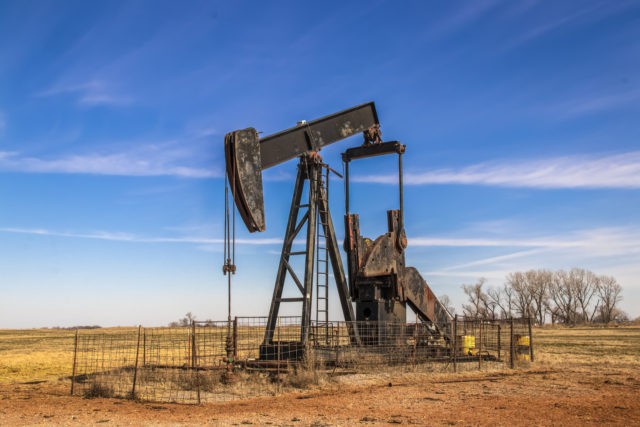U.S. oil producers have not been jolted into action by soaring petroleum prices.
Friday’s report from Baker Hughes Co. shows the number of oil rigs in the country grew by just five from a week earlier to 650. That represents a slowdown from the prior week, when the rig count expanded by 10.
The slow-motion expansion of oil rigs suggests hesitancy on the part of oil companies to increase production despite the highest oil prices since 2014. Many producers say the threat of anti-fossil fuel regulation is holding back expansion. As well, the experience from the last fracking boom, which resulted in many investors suffering losses when overproduction rendered many wells unprofitable, continues to haunt the industry.
Two hundred and forty-eight oil rigs have come online over the last twelve months. But the current count is 18 percent lower than February of 2020, before the pandemic hit. The total number of operating rigs in the U.S. fell to 244 by August of 2020 as demand for oil plunged, pushing the price into negative territory at one point.
Demand for oil is expected to keep growing as economies around the globe recover from the pandemic but OPEC+ has put itself on a path of only gradually expanding the production of its members. The conflict over Ukraine has caused concerns that the supply from Russia, which produces around 10 percent of the world’s oil, could be disrupted. That leaves production expansion in the U.S. and, to a lesser extent, Canada as crucial to keeping a lid on oil prices.
On Friday, the national average gas price jumped to $3.572, three cents higher than the day before. Gasoline prices, which move up when oil prices climb, are up seven percent compared with a month ago and 33 percent compared with a year ago.
The price of WTI crude, the best measure of petroleum produced in the U.S., was at $92.17 a barrel on Friday, up from $76.08 at the start of this year.

COMMENTS
Please let us know if you're having issues with commenting.